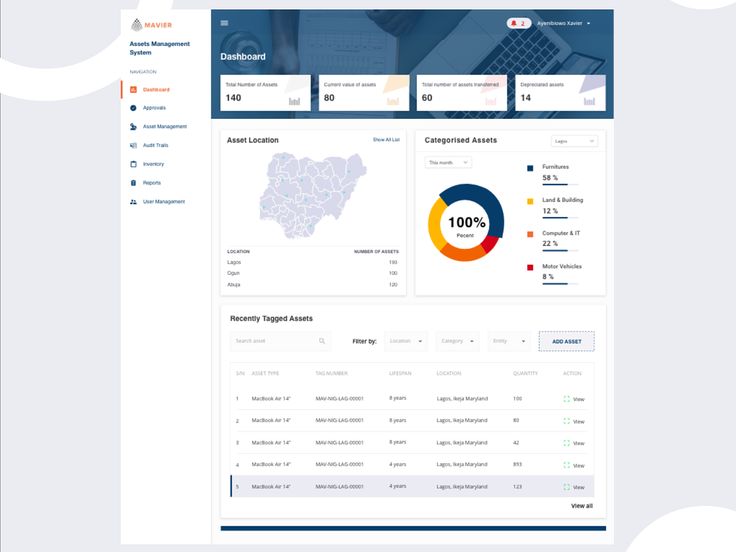Key Features:
1. Asset Tracking and Inventory:
We implement advanced tracking systems and technologies to create a detailed inventory of your assets. This includes both physical and digital assets, enabling real-time visibility into their location, condition, and utilization.
2. Strategic Planning:
Our team collaborates with your organization to develop a customized asset management strategy aligned with your business goals. This involves assessing asset lifecycles, risk tolerance, maintenance needs, and growth projections.
3. Lifecycle Management:
We oversee the entire lifecycle of your assets, from procurement to disposal. This includes monitoring depreciation, optimizing maintenance schedules, and making informed decisions about repairs, upgrades, or replacements.
4. Maintenance and Repair:
We implement preventive and corrective maintenance strategies to ensure assets remain operational and productive. This approach minimizes downtime, extends asset lifespans, and reduces unforeseen repair costs.
5. Risk Management:
Our service includes risk assessment and mitigation strategies to minimize potential disruptions caused by asset failures or unforeseen events. By identifying vulnerabilities, we help safeguard your operations and investments.
6. Performance Analytics:
We provide data-driven insights into asset performance, utilization rates, and overall contribution to your organization's objectives. This information helps in making informed decisions regarding asset allocation and resource planning.
7. Compliance and Regulatory Adherence:
We ensure that your assets comply with relevant industry regulations and standards. By staying up-to-date with compliance requirements, we help mitigate legal and regulatory risks.
8. Disposal and Renewal:
At the end of their lifecycle, we assist in asset disposal, recycling, or remarketing processes. Additionally, we help you plan for asset renewal and replacement to ensure seamless transitions.
Benefits:
- Improved Efficiency: Optimized asset management reduces downtime, enhances resource utilization, and streamlines operations.
- Enhanced Financial Performance: By extending asset lifecycles and making informed decisions, you can maximize returns on investment.
- Risk Mitigation: Identifying and addressing potential risks helps prevent operational disruptions and financial losses.
- Strategic Decision-Making: Data-driven insights enable better allocation of resources and informed choices for asset-related strategies.
- Regulatory Compliance: Ensure adherence to industry standards and regulations, avoiding potential penalties.
- Sustainable Practices: Responsible disposal and renewal strategies contribute to environmental sustainability.
Our Asset Management Services offer a comprehensive approach to optimize asset utilization, enhance financial performance, and minimize operational risks. By leveraging our expertise and technology-driven solutions, your organization can achieve greater efficiency, resilience, and strategic advantage in today's competitive business landscape.


